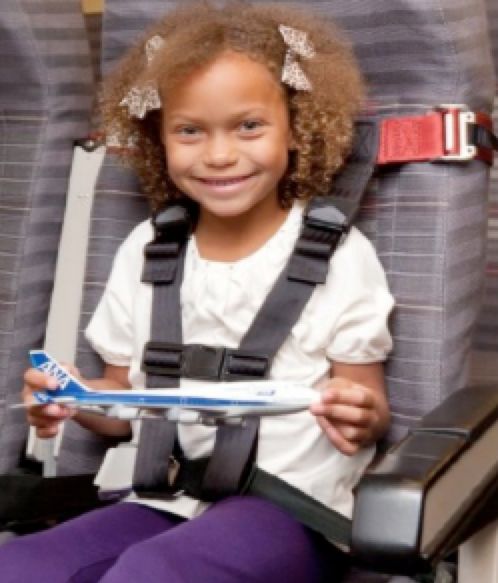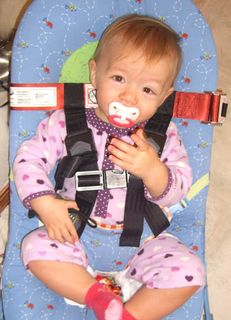

For children over 18kgs (40lbs) - a standard passenger seat is recommended.Forward facing child restraint systems for infants and children weighing between 9 and 18 kgs (20 and 40lbs).Rear facing child restraint systems for infants weighing under 9kgs (20lbs).The following information on weight and type of restraint can be used as a guide: What type of child car seat can I take onboard?Ĭhild restraints (car seats) can be carried onboard and secured to an aircraft seat for carriage of infants or children usually aged up to five (5) years, if approved by Qantas. We've also included extracts of these policies particularly relevant for CARES users. Please click on your airline to go to their online 'Child Travel' Policies. Cares is approved by the FAA as an alternative to a car seat for aircraft transportation and may be used during all phases of flight.AIRLINES OPERATING ACROSS AUSTRALIA / NEW ZEALAND Exception: CARES Harness.Ĭares is designed specifically for aviation use for children ages 1 and older, who weigh between 22-44 pounds. Hawaiian Airlines reserves the right to change seating assignments in order to ensure compliance with federal regulations.īackless booster type seats, safety belts, belly belts, harness type and vest type devices are not allowed during taxiing, takeoff, and landing.

This restriction is enforced to avoid the safety seat from impeding on a possible aircraft evacuation.

If you have further questions, please call Hawaiian Airlines Reservations. While we will try our best to utilize the originally scheduled aircraft type for your journey, operational circumstances may result in an aircraft swap to an aircraft with different seat dimensions. In order to help our guests determine whether their CRS (Child Restraint System or car seat) fits properly on the aircraft in which they expect to travel, the following chart provides the width of the narrowest and widest passenger seats (in inches) for each of our aircraft. For more information regarding car seats as a carry-on baggage click here. Traveling today and forgot to let us know in advance?ĭon’t stress, just be sure to notify a Hawaiian Airlines airport customer service agent at check-in or at the gate prior to boarding. Note: your child’s restraint system will not be counted as a carry-on item when a seat has been purchased for your child. Notify an aiport agent upon arrival at the airport that you'll be using a rear-facing child restraint system.Rear-facing child restraint systems will be allowed provide you've: Safety seats that do not have a label stating certification for use in aircraft, or seats manufactured before January 1, 1981, are not acceptable for use in-flight.Ĭhild booster seats or other types of child restraints, regardless of stamp/seals of approval the devices carry, may not be used during take-off, landing and surface movements.įor additional details on approved child restraint systems, visit Additional Notes. The United Nations Regulations label is a circle surrounding the letter “E” followed by the distinguishing number of the country that has given approval and a category and mass number of the seat. "This restraint is certified for use in MotorĪn approval label from the United Nations or any foreign government."This child restraint system conforms toĪll applicable Federal Motor Vehicle Safety.Must bear two (2) labels, written in red: "This child restraint system conforms to all That’s why we recommend purchasing a seat for children, under the age of two, as well as using an approved front-facing or rear-facing child restraint system in-flight.Īll safety seats used in-flight must meet the following requirements: Seat Manufactured Location Your child’s safety is very important to us.


 0 kommentar(er)
0 kommentar(er)
